Self-Leadership Strategies for Impact and Influence
Today, let's talk about self-leadership strategies.
Do you or someone you know have these leadership issues?
How often do you make decisions based on incomplete or biased information?
Have you ever considered that your words and actions might be causing misunderstandings, confusion, or even conflict within your team?
Are you perceived as out of touch or insensitive to people's needs and concerns?
Not sure what leadership soft skill areas you need to improve? (find out below)
If so, meet Richard. He graduated from an Ivy League school with many awards and patents. Richard was known for his brilliance, innovation, and ability to accomplish things, so he was on a fast track to promotion.
However, Richard was about to face a challenge he had never seen coming.
The Challenge
Richard's boss informed him that his team was unhappy with him, perceiving him as cold and insensitive to their needs and concerns. The team was not functioning well, with a lot of conflict, and Richard was identified as part of the problem. At first, Richard was angry, believing the team had the problem, not him.
He didn't understand how his behavior contributed to the team's tensions until he saw the results of a 360-degree feedback report completed by his team, peers, and boss. The report revealed that his words and actions were causing misunderstandings, confusion, and conflict. Additionally, they felt he was out of touch with or insensitive to their needs and concerns.
Richard's Realization and Transformation
Richard's story is not unique; many executive leaders face similar issues. Do you, or someone you know, face these challenges? This is a promotion killer!
According to a 2023 report by McKinsey and Company, which surveyed 2,500 leaders, only 25% are engaged, passionate, and inspiring. People desire leaders who build respect and consider the ethical consequences of their decisions. They want leaders who inspire and develop others.
Harvard Business Review found that while 95% of people believe they are self-aware, tests showed only 10% are truly self-aware.
Consequences of Low Self-Awareness
A leader with low self-awareness can face numerous challenges that significantly impact their effectiveness and the organization's overall health:
1. Ineffective Communication: Leaders may not realize how their actions affect others, leading to misunderstandings, confusion, and conflict within the team.
2. Limited Personal and Professional Growth: This prevents leaders from recognizing areas where they need to improve.
3. Poor Conflict Resolution: Without understanding their role in conflicts or how their behavior contributes to tensions, leaders struggle to manage and resolve issues, leading to a toxic work environment.
4. Diminished Credibility and Trust: Employees and stakeholders are less likely to trust and respect leaders who lack self-awareness, viewing them as inconsistent, hypocritical, or disconnected, which erodes credibility and authority.
Self-Leadership Strategies for Building Self-Awareness
How Do You Score? Find Out Below
Self-awareness means understanding how we affect those around us, developing a transparent view of our strengths and shortcomings, and recognizing and controlling our emotional responses. Here are some Self-Leadership Strategies to help build self-awareness:
1. Seeking Feedback: Actively schedule meetings to seek feedback from peers, subordinates, and mentors. Ask them to rate you in different areas. Consistent effort and sincerity will engage your team in supporting your improvement.2. Reflection Time: Set aside time in the morning and at the end of the day to reflect on your feelings and the team's needs.3. Increased Accessibility: Hold open office hours and organize informal coffee chats with team members. This effort improves relationships, facilitates better information flow, and enhances collaboration within the team.4. Celebrating Achievements: Recognize and celebrate team achievements regularly.
1 July 2024, 2:27 am
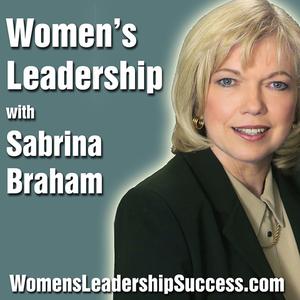
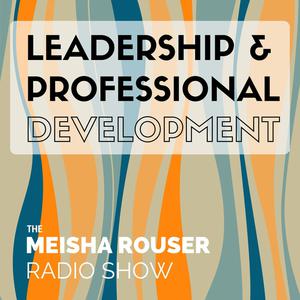 The Meisha Rouser Show : Leadership and Professional Development, with Organizational Psychologist and Master Certified Coach
The Meisha Rouser Show : Leadership and Professional Development, with Organizational Psychologist and Master Certified Coach
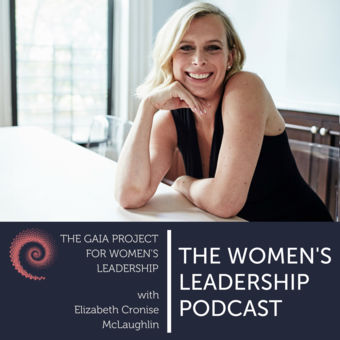 The Women's Leadership Podcast
The Women's Leadership Podcast
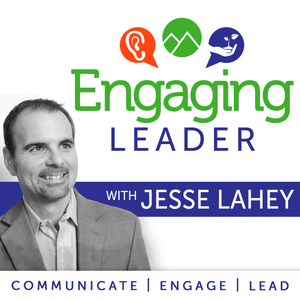 Engaging Leader: Leadership communication principles with Jesse Lahey
Engaging Leader: Leadership communication principles with Jesse Lahey
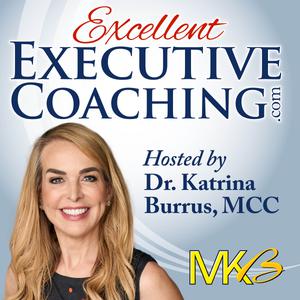 Excellent Executive Coaching: Growing Your Business and Enhancing Your Craft.
Excellent Executive Coaching: Growing Your Business and Enhancing Your Craft.
 Lead Your Team
Lead Your Team
 Women Taking the Lead
Women Taking the Lead